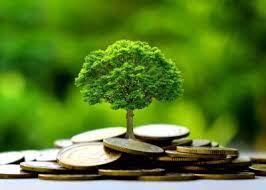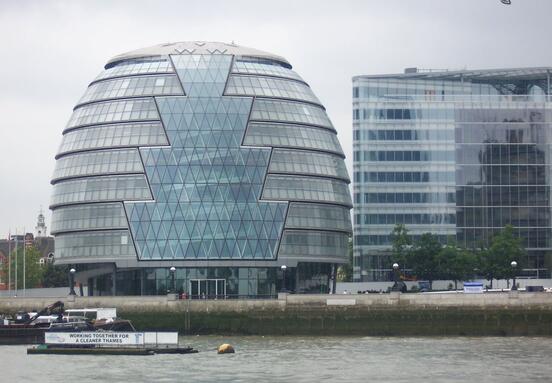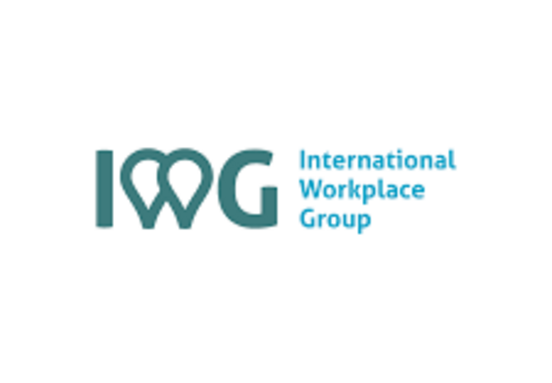Against the backdrop of current energy prices in the European market, green financial sources play a pivotal role in steering investments and developments toward greener, more energy-efficient, and sustainable practices, confirmes the "Green Finance Report", a joint report published by Colliers and the K&H group.
The real estate sector holds a determinative role in driving the green transformation, particularly in the light of the European Commission’s findings1, that buildings in the EU are responsible for 40% of our energy consumption and 36% of greenhouse gas emissions in 2020.
According to data published by the OECD until 2021, there has been a significant growth in green financing (Figure 1.). The stock essentially tripled compared to 2019. In terms of distribution, besides green bonds, other sustainable instruments have played a crucial role in shaping the market. European markets dominate the green debt markets, accounting for over 50% of green debt proceeds. This is closely related to the adoption of the GREEN DEAL by member states in the European Union in December 2019. The primary goal of the GREEN DEAL is to make the European Union the world’s first climate-neutral continent by 2050. This commitment has significant implications for the real estate sector, which contributes 40% of emissions.
In the context of the domestic market, the significance of green bond issuance has been predominantly shaped by the Green Bond Program in recent years, particularly under the umbrella of the Growth Bond Program (Figure 2.).
Up until the latest issuance within the Growth Bond Program, a total of 20 issuers introduced green bonds to the market, totalling a nominal value of 539 billion forints (1.42 billion EUR). Following the conclusion of the Growth Bond Program, the National Bank has published the Green Bond Issuance Guide. This guide aims to provide direction for subsequent market-based green bond issuances. Such issuances can remain pivotal instruments for mobilizing sustainable capital market sources. (Figure 2.) The real estate sector has played a significant role in green bond issuance, primarily directing funds towards the development of buildings with high energy efficiency and the utilization of renewable energy. The issued bonds, known as “green bonds,” and the raised funds are allocated for the acquisition, development, and renovation of buildings that meet the standards of “green buildings,” including certifications such as BREEAM (Very Good and above) or LEED (Gold and above).
“Within our entire Commercial Real Estate (CRE) loan portfolio contracted or to be contracted in2023, a significant portion, approximately 40%,is classified as green volume” Péter Tímár, Head of Real Estate Finance, Specialized Finance Services & Financial Markets Directorates, K&H Group
“ESG has become the backbone of capital markets activity across the globe. Investors intention of acquiring or maintaining green assets is supported by the development of financing instruments such as green bonds or green lending. We believe office assets will play a pivotal role in conscious investors’ portfolio, even in the short term. Office projects are best placed to represent all aspects of ESG, including: green deal funding, top-notch technical features of the property and its operation as well as major tenants’ commitment towards ESG compliance, be it carbon neutralisation, workforce gender equality or transparent company governance.” Bence Vécsey, Head of Capital Markets, Colliers Hungary
“The rise of green financing is supported by the increasing number of inquiries we are experiencing regarding green bonds, as well as commitments to meet the requirements associated with green loans. This includes certifications such as BREEAM, LEED, and compliance checks with the EU taxonomy.” Norbert Szircsák, Head of ESG Strategic Advisory, Colliers Hungary
The author of the news: OGH News Agency
Source: Colliers, K&H group








